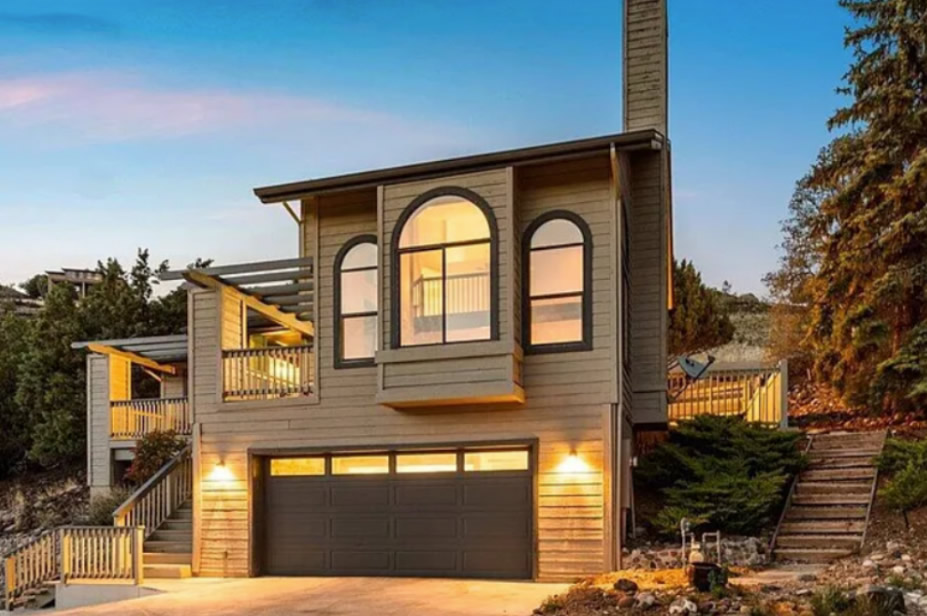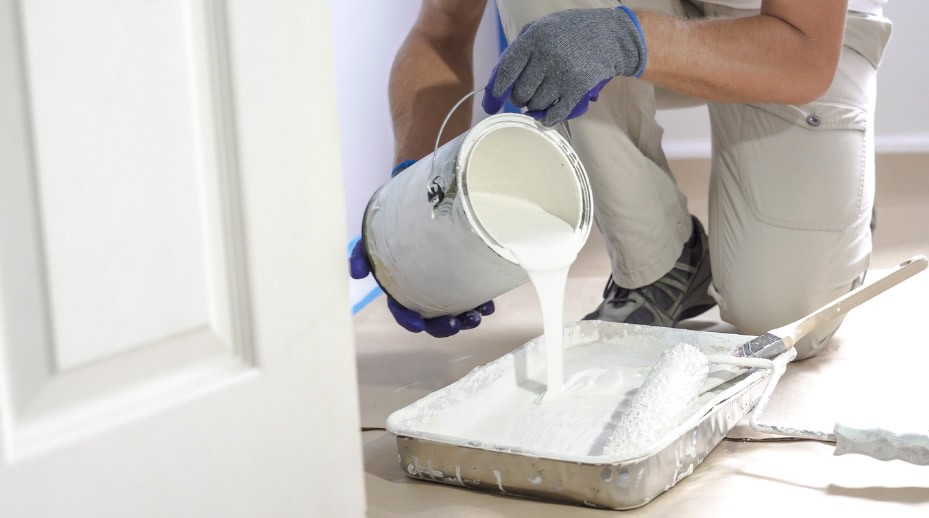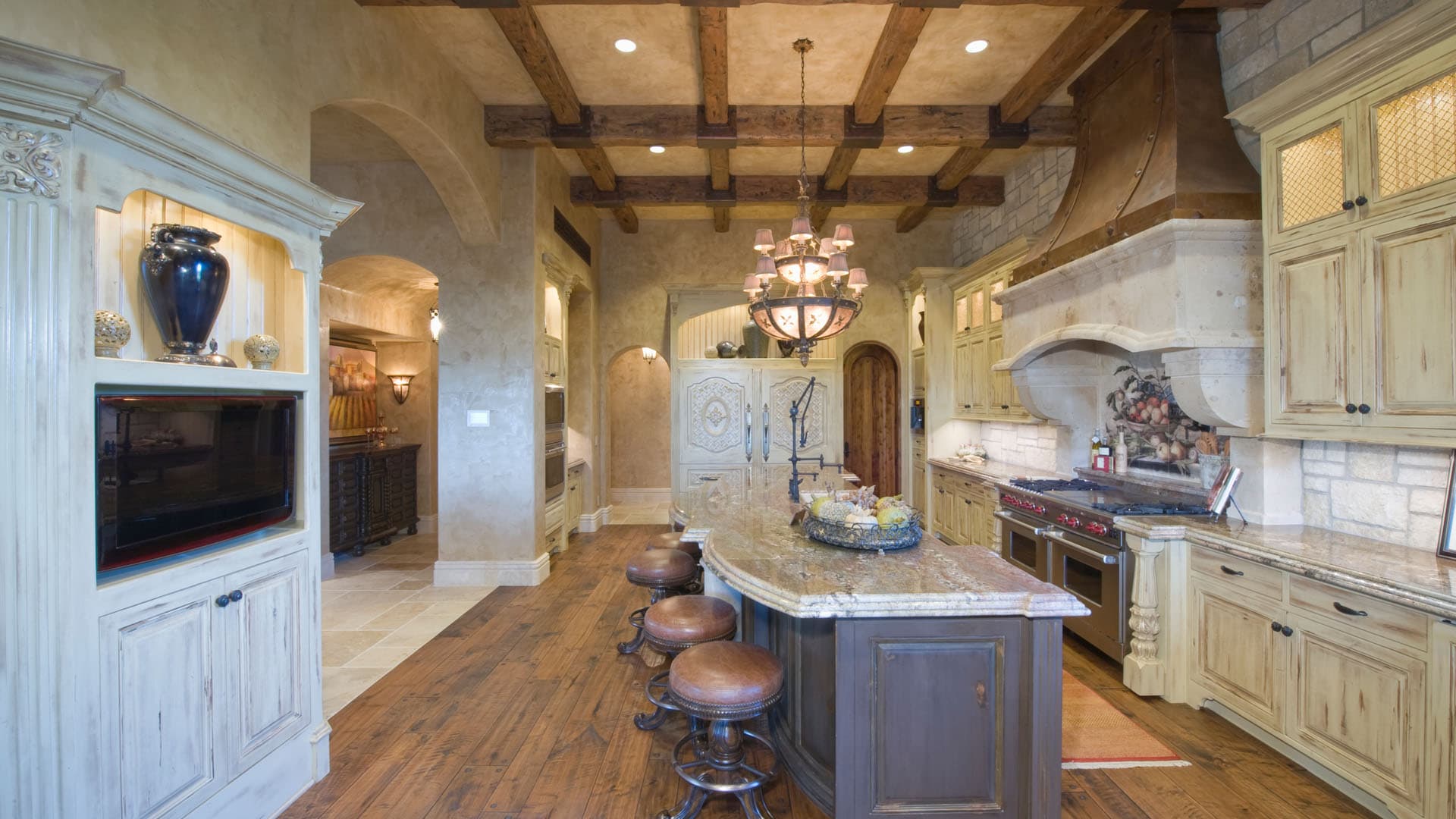Why Do Arizona Homes Need Regular Repainting?

Arizona homes need regular repainting because the desert sun, dry air, and strong winds quickly wear down even the best exterior finishes. Unlike other regions, Arizona's climate creates unique challenges that homeowners can't afford to ignore. Without proper maintenance, paint fades, cracks, and peels,leaving your home vulnerable to damage and looking worn down well before its time.
The intense sun in Arizona beats down nearly year-round, causing UV rays to break down paint faster than in milder climates. Combine that with wind-blown dust, dry conditions, and temperature swings, and it's no wonder Arizona homes need a fresh coat of paint more often. Repainting your home regularly is not just about aesthetics, it's about protecting your investment.
This article will explain how the high desert climate affects your home's exterior, how to recognize when it's time for a repaint, and what types of paint and practices work best for Arizona weather. We'll also offer tips on keeping your exterior looking sharp year-round and preserving your home's value and integrity.
Whether you live in Prescott, Prescott Valley, Chino Valley, or anywhere in Arizona, understanding the effects of sun, wind, and dry air on your home can help you avoid costly repairs. Let's explore why regular repainting is necessary for desert homeowners.
How Does Arizona's Desert Climate Affect Home Exteriors?
Arizona's climate is dry, sunny, and often windy. Summer temperatures can get high here, while winter nights can drop below freezing. These drastic temperature shifts cause building materials to expand and contract daily. Over time, this movement stresses paint, especially if it's already aging or not designed for extreme conditions.
The sun in Arizona is harsh. UV radiation is stronger at higher elevations and lower latitudes, and Arizona has both. This means exterior surfaces take a constant beating from the sun, leading to faster paint breakdown than in cloudy or humid environments.
Dry air adds another layer of difficulty. Paint dries faster in dry climates, leading to uneven finishes if not applied correctly. Over time, dry conditions make paint brittle and prone to cracking or flaking.
Arizona homes often feature stucco, wood, or composite siding. Each material responds differently to the elements, but all are vulnerable to the climate's effects if not protected by high-quality paint.
What Happens When Paint Is Exposed to Strong UV Rays?
UV rays break down paint by damaging both the color pigments and the binders that hold it together. In Arizona, where the sun shines nearly every day, this process happens quickly. Fading is one of the first signs—bright colors may dull, whites turn yellowish, and deep tones lose their richness.
Chalking is another common problem. As the paint's binder breaks down, it leaves a fine, powdery residue on the surface. This doesn't look good and weakens the protective layer over your home's exterior.
As the damage progresses, the paint becomes brittle. It may crack, flake, or peel away from the surface entirely. This leaves the underlying materials exposed to sun, moisture, and temperature changes, increasing the risk of structural damage and wood rot.
Beyond the physical issues, faded or damaged paint reduces curb appeal and can lower your home's value. A well-maintained exterior is essential in many Arizona neighborhoods to maintain property pride and resale value.
How Do Wind and Dust Break Down Paint?
Arizona is no stranger to high winds and dust storms. These winds carry sand and debris like sandpaper on your home's exterior. Every breeze gradually wears down your paint surface through abrasion, especially in rural or open areas.
This constant assault from wind and dust speeds up the paint's aging process, shortening the time between repaints. It also makes paint less effective at shielding your home from moisture and sun damage.
How does Arizona Weather Affect New House Paint?

Arizona's dry desert air causes paint to cure faster, but that isn't always good. If the paint dries too fast during the application, it may not bond well to the surface. Over time, this leads to cracking, flaking, and poor coverage.
Thermal expansion is another concern. On a typical day, your home's exterior can heat up in the morning and cool down rapidly at night. These temperature shifts make materials like wood and stucco expand and contract. Paint not designed to move with the material will eventually crack or peel away.
These effects are most visible around trim, windows, and joints—where materials meet and shift the most. Without regular maintenance, small cracks become significant issues.
How Often Should Arizona Homes Be Repainted?
In Arizona, most homes need repainting every 5 to 10 years. This is more frequent than in areas with milder climates. The exact timeline depends on your home's exposure to sunlight and wind, the quality of the last paint job, and the material of your exterior walls.
Homes facing south or west usually fade faster because they get more sun. Stucco holds paint longer than wood, but both require consistent attention. High-quality, UV-resistant paint may stretch the timeline, while cheaper paint or improper application shortens it.
Look for signs like fading, chalking, peeling, or cracking. If you rub the wall and get a white, chalky film on your hand, it's time for new paint. Don't wait until the damage spreads—early repainting is easier and less expensive than complete repairs.
How Can You Protect Your Arizona Home’s Exterior Paint?
Arizona homeowners should choose paints made for extreme conditions to combat the desert. Look for products labeled as UV-resistant These paints hold their color longer and are flexible enough to move with temperature changes.
Repainting is only part of the job. Regular cleaning keeps dust and dirt from wearing away your finish. A simple rinse with a hose every few weeks, especially after a storm, can make a big difference.
Inspect your home for cracks or damage regularly. Catching and sealing them early prevents water and sun from worsening the issue. Adding sealants around windows and trim helps keep the paint intact longer.
Weatherproofing upgrades, like new caulking or shade features, can reduce wear and tear. Fresh paint doesn't just look better. It can also help reduce heat absorption and lower cooling costs by reflecting sunlight.
How Does Repainting Help Preserve Value and Curb Appeal?
A well-painted home looks better, sells faster, and stays stronger. A fresh exterior adds pride and value to Arizona, where outdoor living and desert views are a big part of the lifestyle. It also signals that your home is well cared for, which can increase buyer confidence if you ever decide to sell.
More than that, repainting protects your home's materials. It prevents wood rot, shields stucco from cracking, and helps metal trim resist rust. That means fewer repairs, better energy efficiency, and a longer-lasting home exterior.
Want to protect your Arizona home from the sun, wind, and dry air? Contact Pinon Painting today for a free quote and expert service tailored to your climate.
TIME FOR AN UPDATE? CONTACT OUR PRESCOTT PAINTING CONTRACTORS TODAY!
